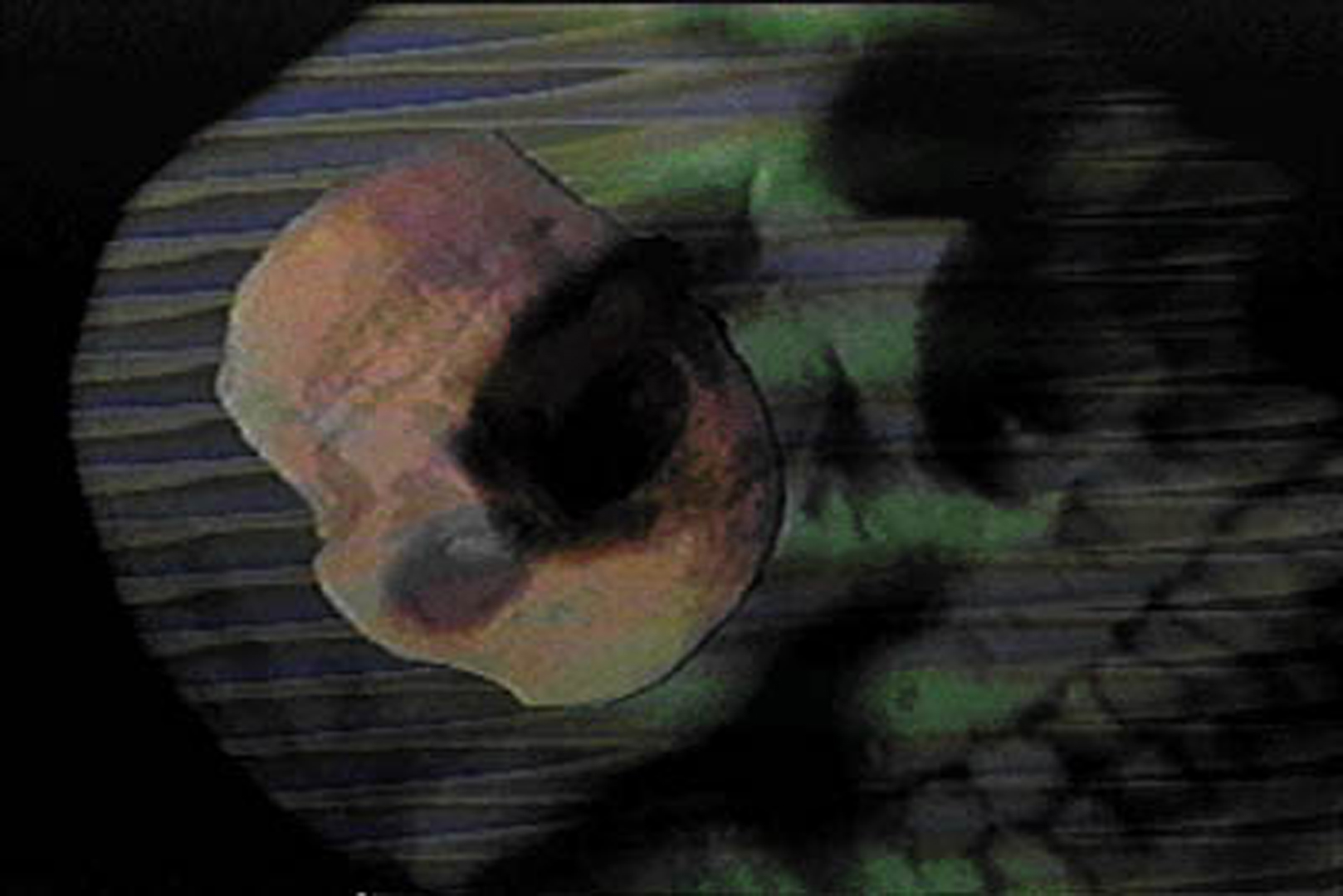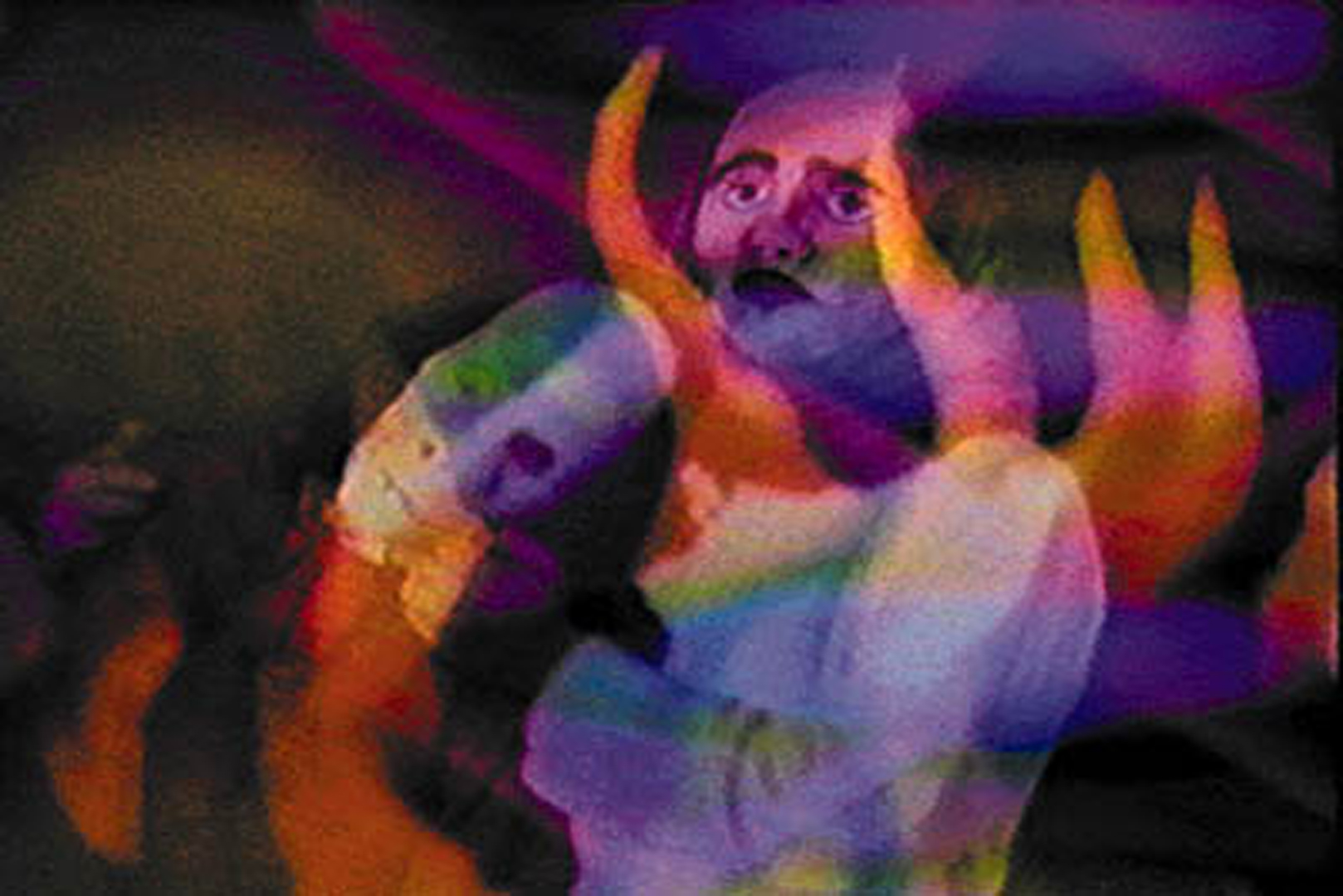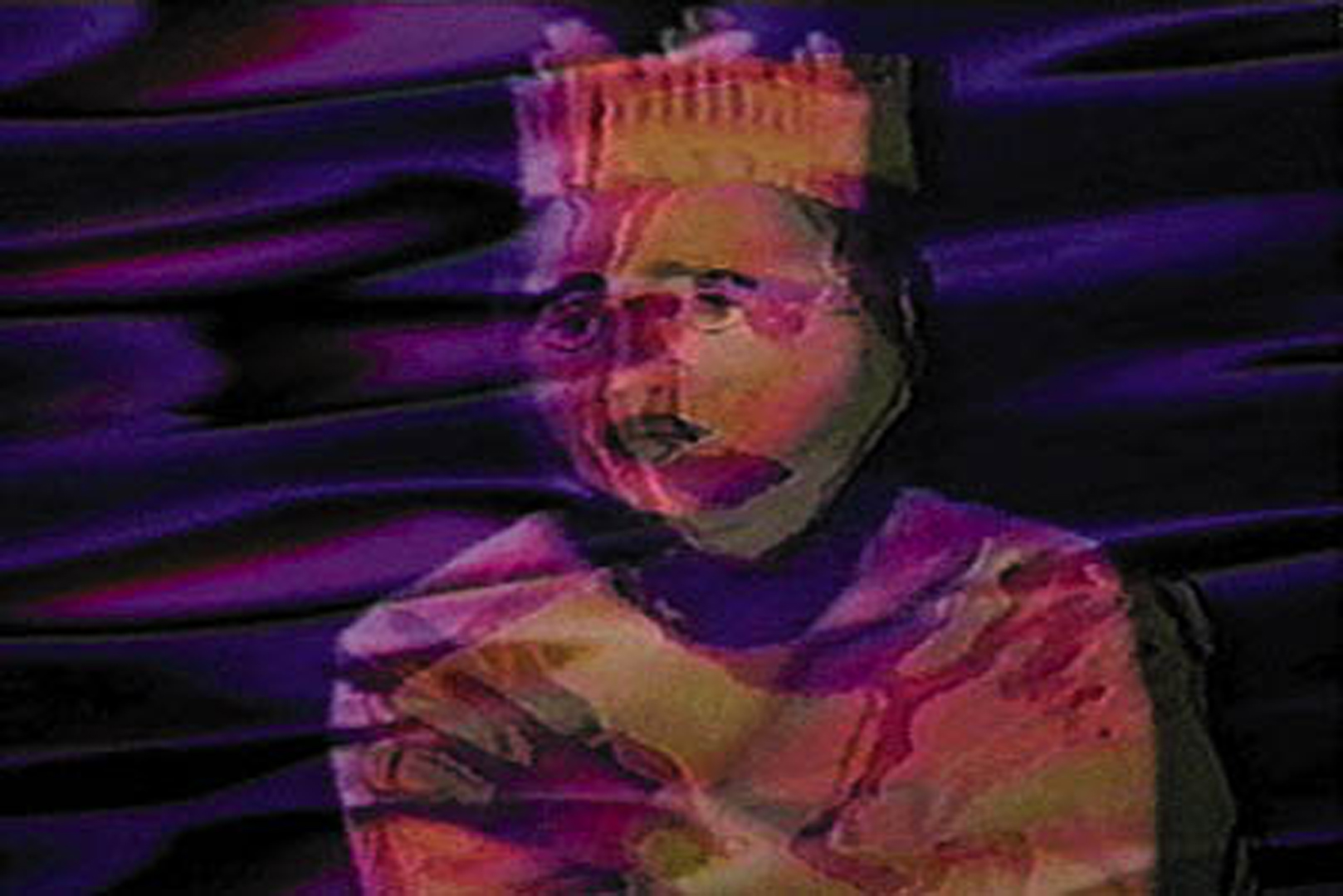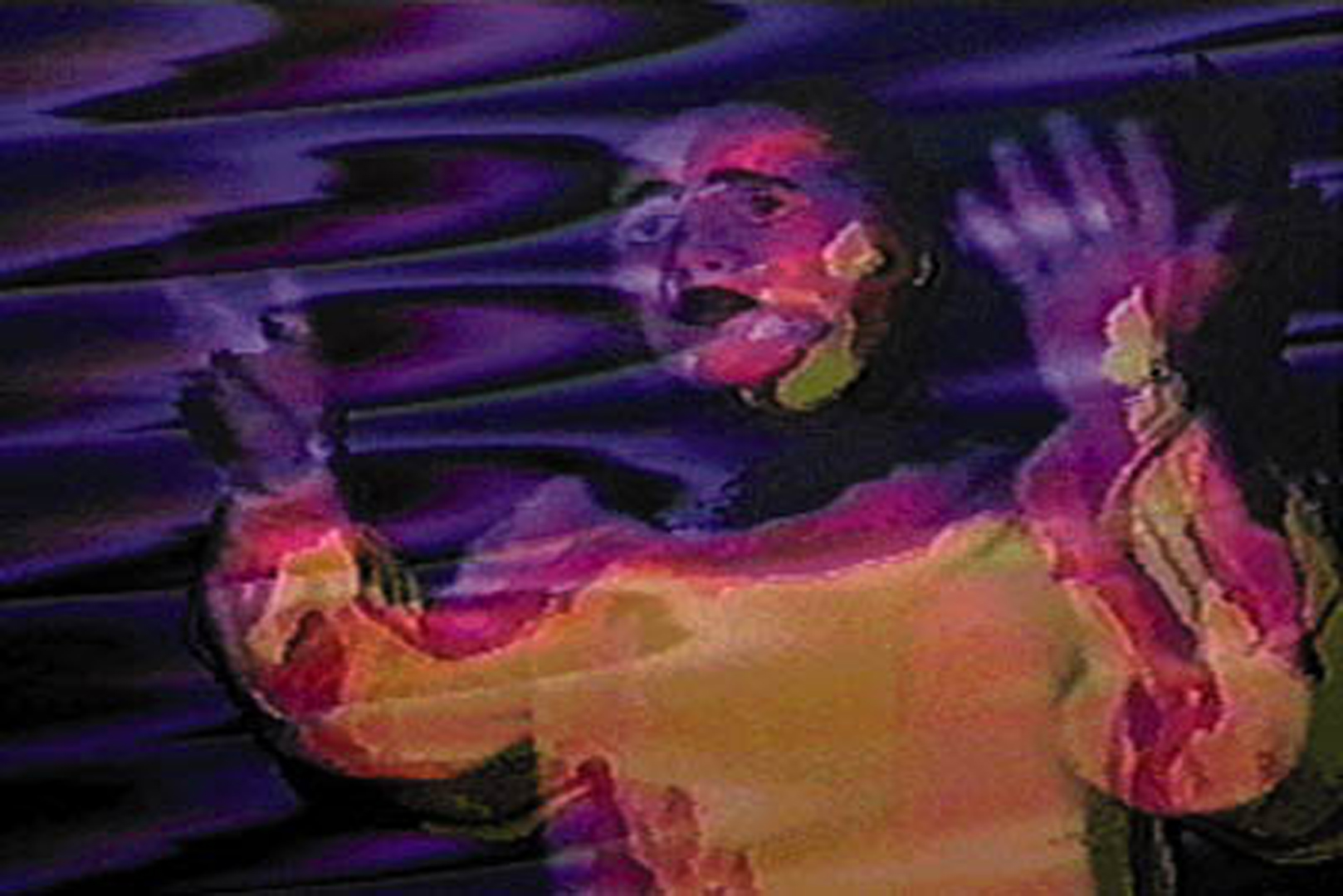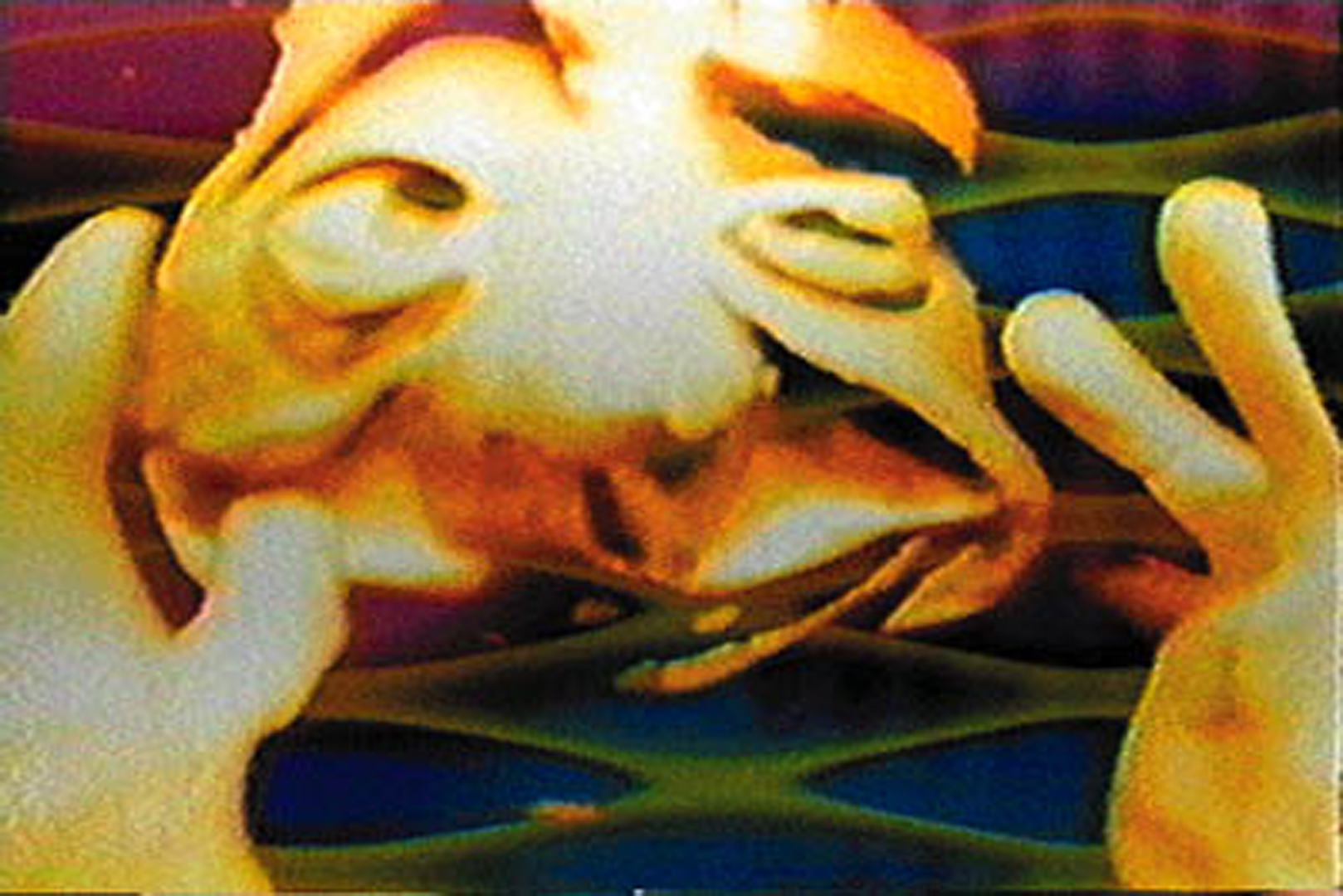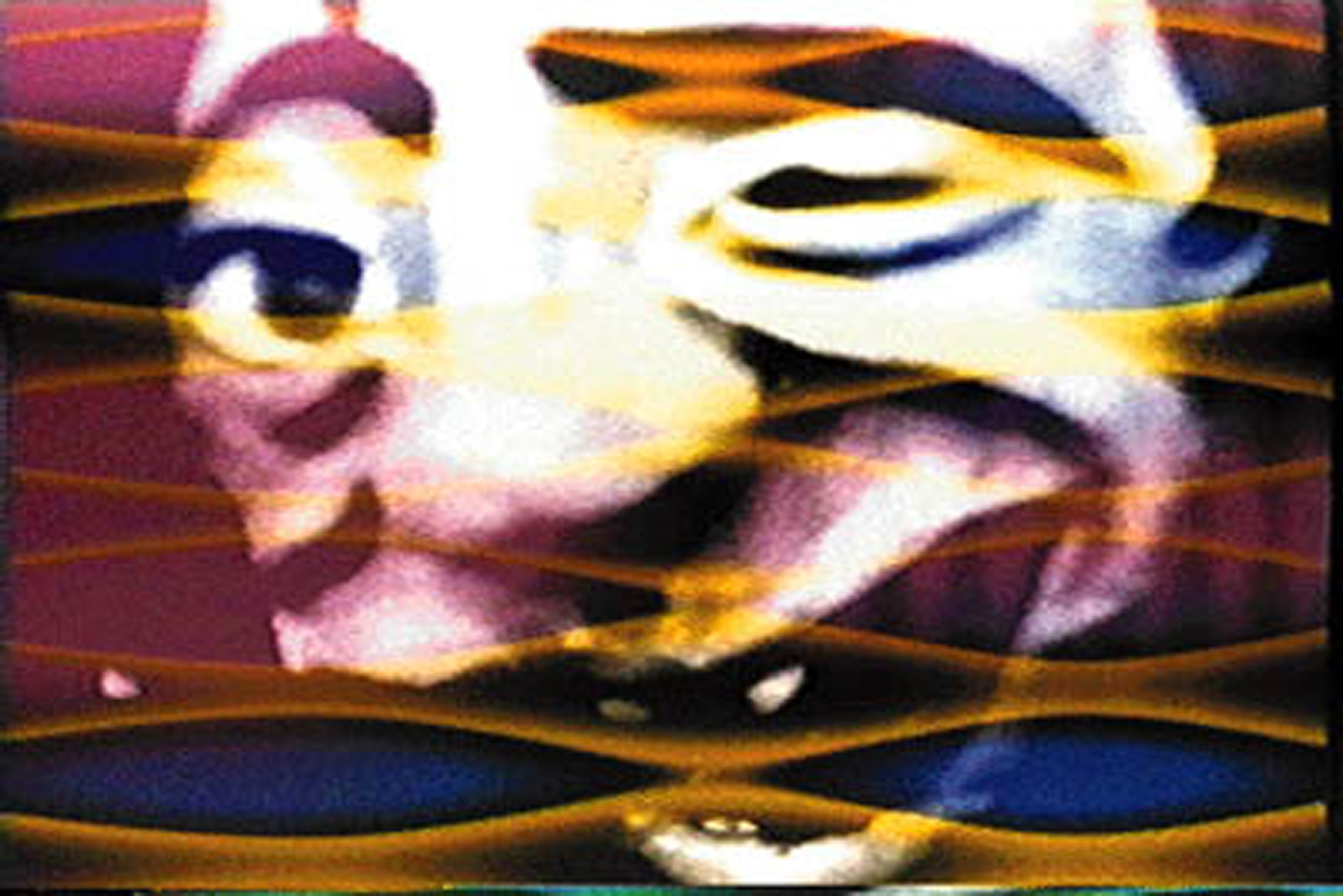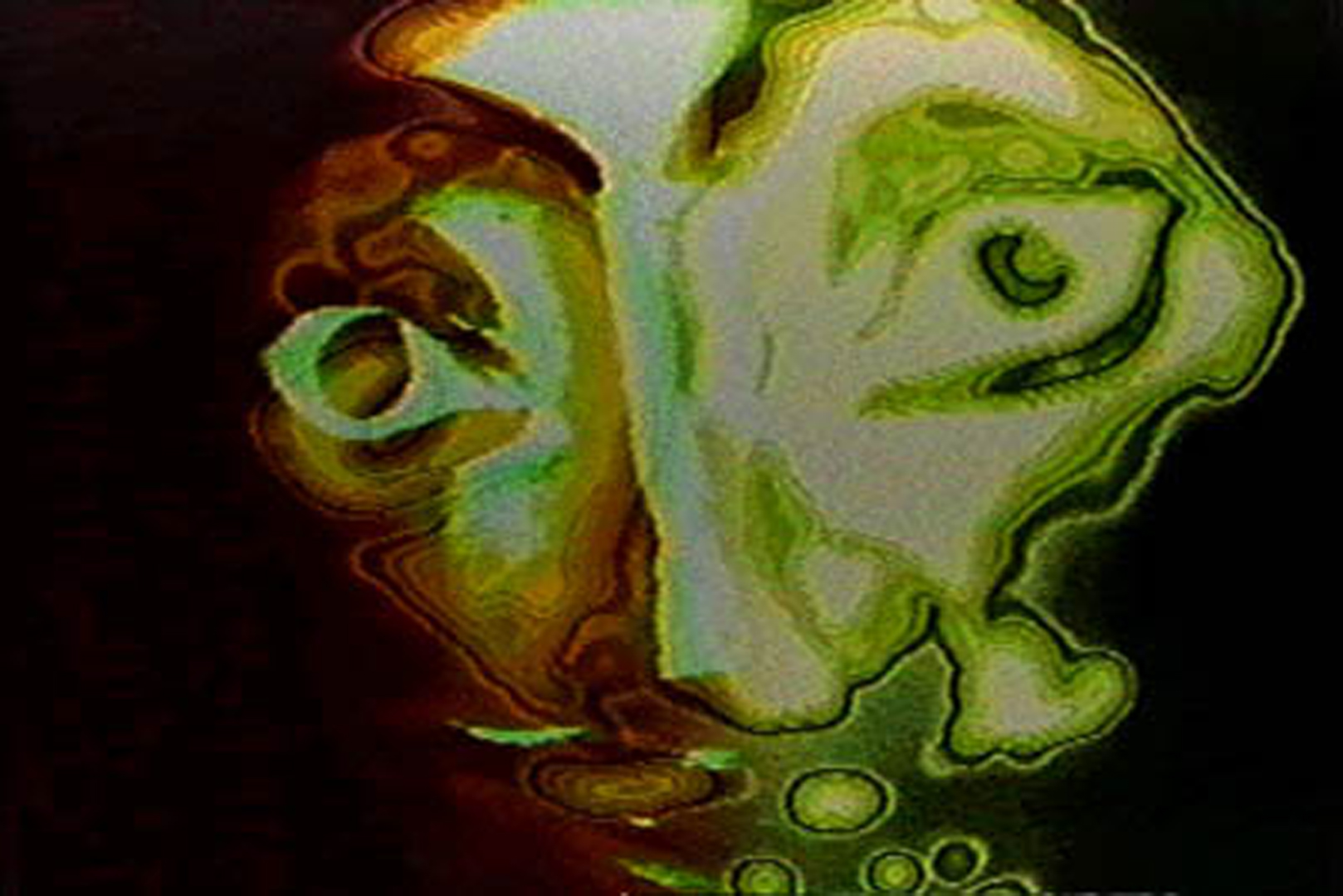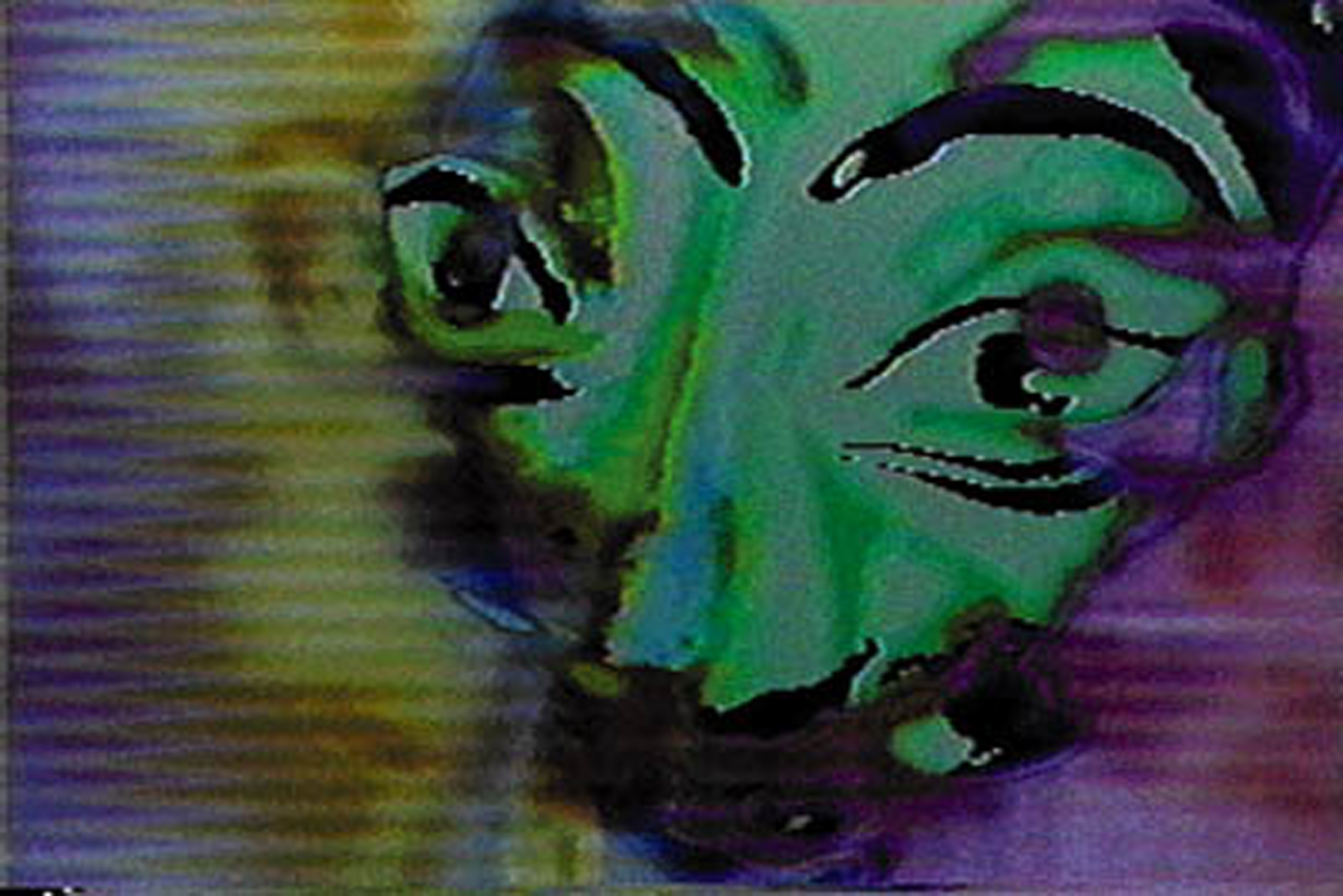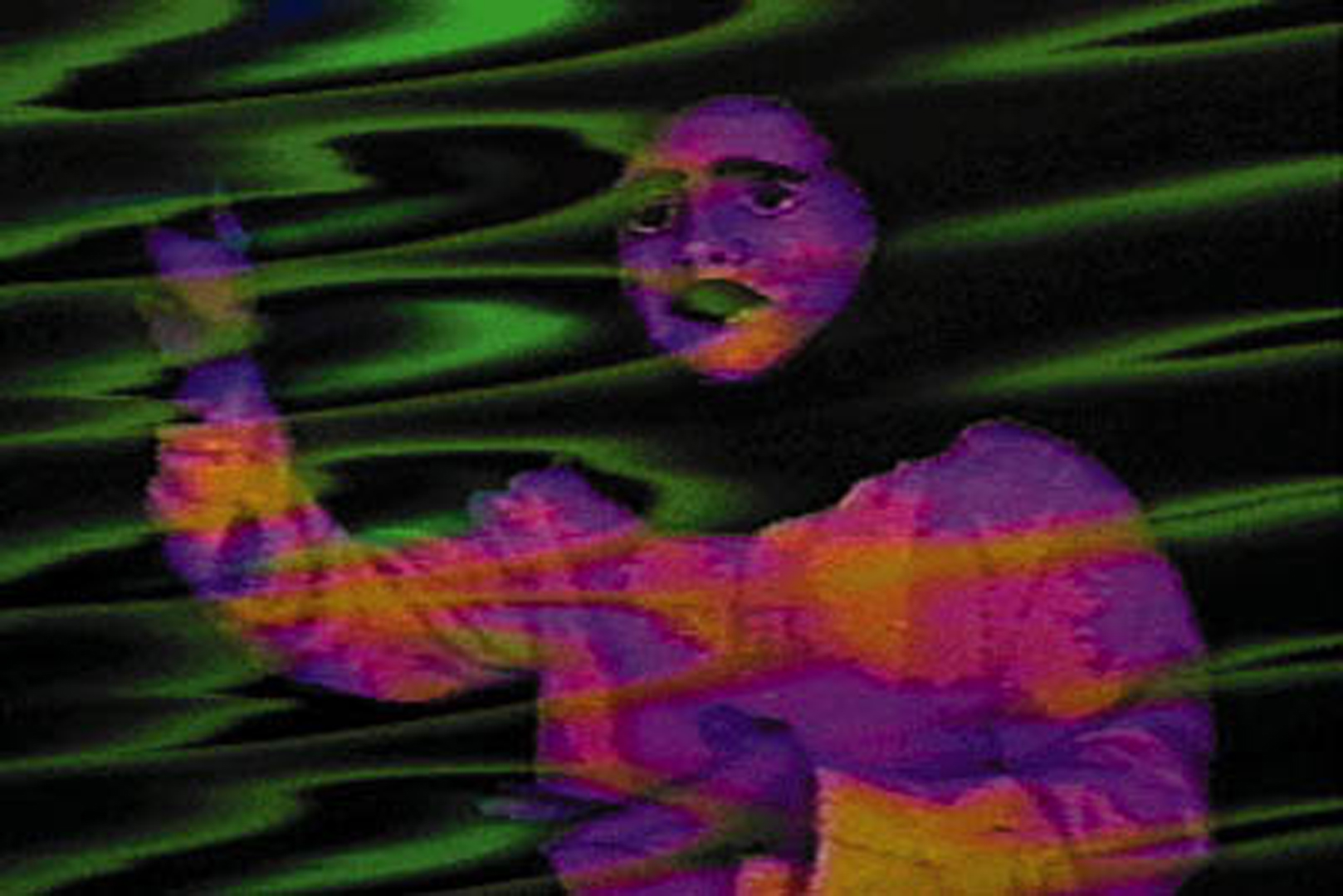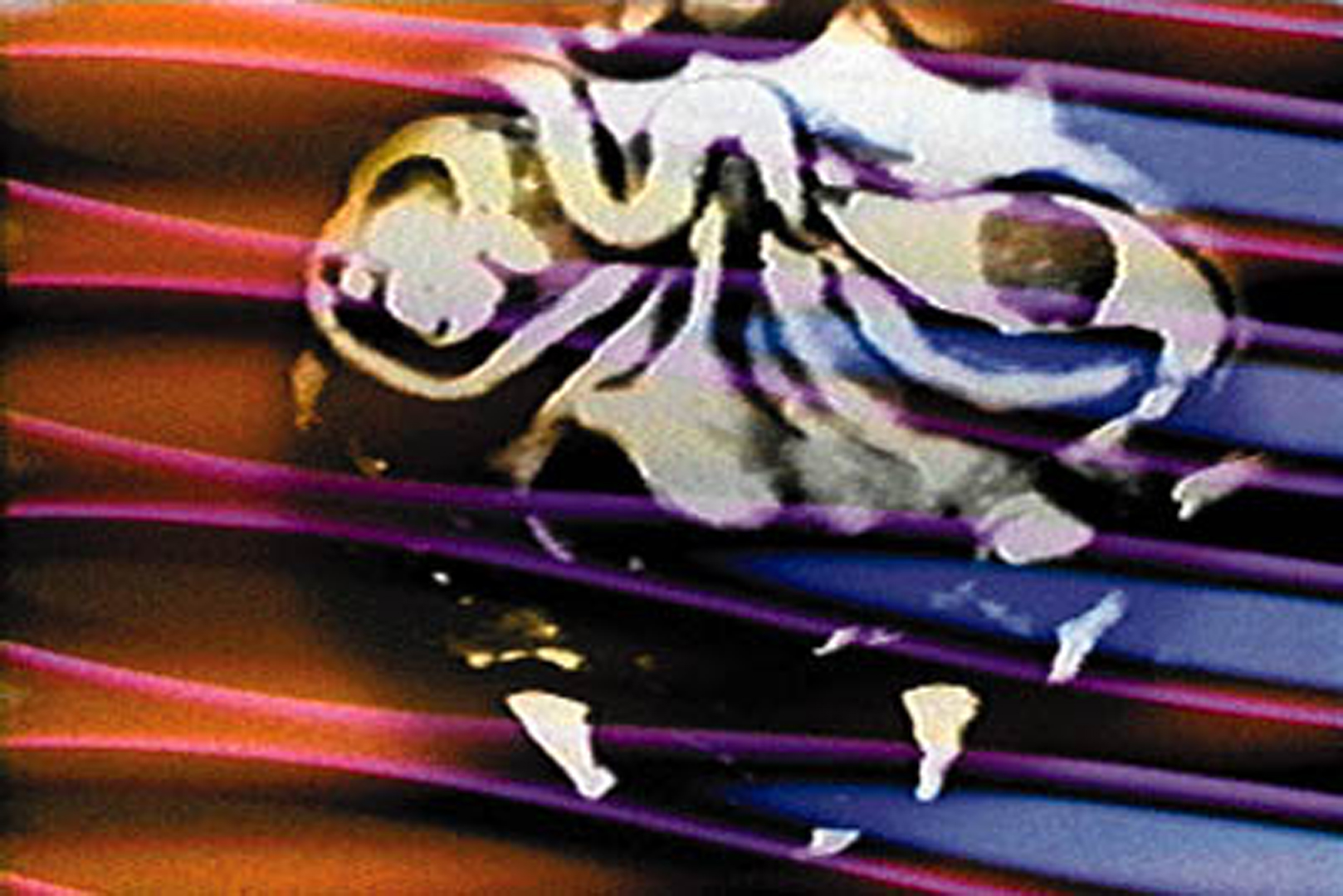“The Grimm Show” by Jeremy X. Halpern, M. R. Petit
Title:
- The Grimm Show
Artist(s) and People Involved:
Exhibiting Artist(s):
Symposium:
- ISEA97: Eighth International Symposium on Electronic Art
-
More artworks from ISEA97:


Artist Statement:
The Grimm Show (or The Story of the Youth Who Went Forth to Learn What Fear Was) is a 50-minute multi-media performance/interpretation of the parable by the Brothers Grimm. The story is of a youth who does not understand the concept of ‘shuddering of fear’. Consequently, he goes forth into the world to learn its meaning. Its first iteration was as a web piece, which was commissioned by New American performing Arts for its Turbulence Project. It went online by July 1996 (turbulence.org).
The performance itself incorporates pre-recorded video, live camera feeds, animation, text and sound. Both the prerecorded and live video, as well as the animation, are mixed live.Video and animation events are triggered by a continual midi/music soundtrack, which is both pre-sequenced and performed live (through the use of midi keyboards, drumpads, and midi wind instruments). Midi is also used to trigger a variety of sound samples, and in creating abstract audio beds. As well, the lighting is also midi con trollable. The video (both individual sources as well as the live mix) appear through multiple banks of monitors aric through video projection. Characters of the tale are represented through the video feeds and live onstage.Over the past year (and during the course of two residencies at the Experimental Television Center), we have generated approximately 20 hours of video footage. Using hand-made masks and puppets (representing all the characters) in conjunction with other props and the site-specifically built analog video patch system of ETC, we have staged scenes from the entire story. Much of this footage constitutes the pre-recorded video. While the story is told primarily through the monitors and projection, the “live performers”, “orchestrators” or “narrators” of the tale push the story forward. Aside from being the characters of the tale, they also perform the music, trigger events, operate video cameras and mix video. As well, they play other live instruments (i.e.flute, clarinet, guitar and accordion). The live performers are Jeremy X. Halpern and M.R.Petit. A New York City preview of The Grimm Show was presented at VOID (7/97) and will also be performed at the Mixed Messages Festival (10/97, Charlotte, NC). An installation/DVD-ROM prototype (The Grimm Rom) was presented at SIGGRAPH (8/97, Los Angeles, CA).
Other Information:
Contributors:
The Experimental Television Center’s programs are supported in party by the contributions of artists and by public funds from the New York State Council on the Arts, the Ohio Arts Council and the National Endowment for the Arts Media Arts Development Fund. The Grimm Tale is a 1996 commission of New Radio & Performing Arts, Inc., dba Ether-Ore for its Turbulence Project. It was made possible with a grant from the Jerome Foundation.
Video:
Category:
All Works by the Artist(s) in This Archive:
- Jeremy X. Halpern

The Grimm Show
[ ISEA97]- M. R. Petit
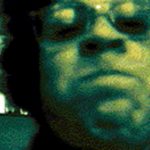
CD-ROM: The Mutant Gene and Tainted...
[ ISEA97]
The Grimm Show
[ ISEA97]

